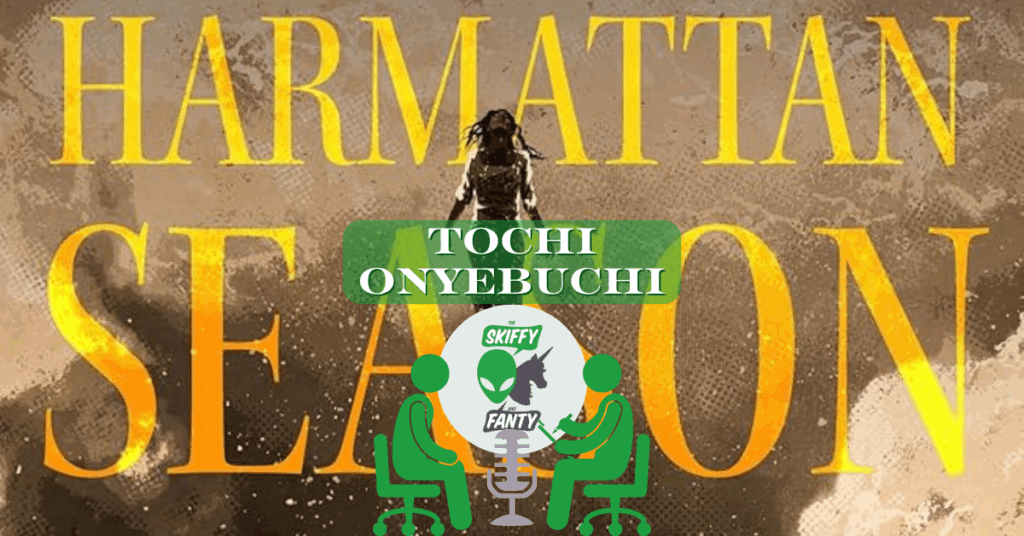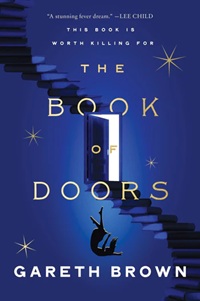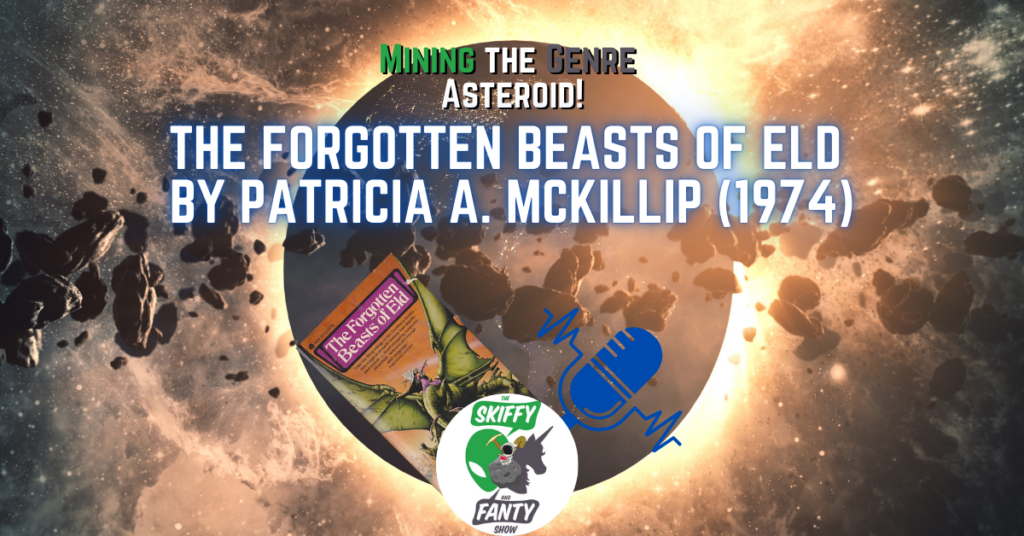818. Tochi Onyebuchi (a.k.a. The Adroit Detective) — Harmattan Season

https://media.blubrry.com/skiffyandfanty/dts.podtrac.com/redirect.mp3/archive.org/download/sand-f-818-tochi-onyebuchi/SandF_818_TochiOnyebuchi.mp3Podcast: Play in new window | DownloadSubscribe: Apple Podcasts | Spotify | Android | Email | TuneIn | Deezer | RSSColonial cities, hard-boiled detectives, and murder, oh my! Shaun Duke and Trish Matson are joined by Tochi Onyebuchi for an in-depth interview about Harmattan Season! Together, they discuss the book’s West African setting, Tochi’s influences in and approach to detective fiction, the complex social influences of colonialism, and so much more! Thanks for listening. We hope you enjoy the episode!
Book Review: The Book of Doors by Gareth Brown

This is a book not quite about the power of books and doors and going places by opening one, but instead, it is a twisting and intricately devised narrative of stable time travel loops. Brown has a lot of fun in the novel…
Book Review: The Vengeance, by Emma Newman

The Vengeance is an enjoyable romp by Emma Newman, a flintlock fantasy about a pirate girl’s quest to find her long-lost birth mother. The publisher’s tagline calls it a “swashbuckling adventure set in a version of Alexandre Dumas’s world haunted by vampires” but there isn’t any real hint of the supernatural in the text until about two-thirds of the way through. So if you’re primarily interested in horror, or if you’re really not into pirates, this may not be the book for you. If you enjoy a feisty female protagonist getting into fish-out-of-water misadventures, plus sapphic romance, keep reading. Anna-Marie, the pirate captain who raised her, confesses on her deathbed that she had stolen Morgane from her real mother, whom she calls a monster. But Morgane finds a letter from her birth mother begging for her return and hinting at her own safety concerns. There are various other puzzlements, such as why Anna-Marie had exclusively attacked one trading company’s ships (beyond saying that the owner had ruined her life). However, since Morgane has never run into any situation she can’t handle (albeit with the backing of her fellow pirates), she decides to go and rescue her birth mother. By Chapter Five, Morgane is on her way to France. Once she gets there, she runs into trouble almost immediately; she doesn’t have any idea how many people are going to want to use her, and she knows nothing of how feudalism works. She doesn’t understand why the peasants don’t just vote out their tyrannical lords, the way a pirate crew would reject any pirate captain who wasn’t fair to them. She’s very worldly in some ways, but very naive in others. Note: Morgane tells this story (first person past tense), and she is almost entirely uncritical of the pirate code and lifestyle throughout. She’s rightly proud of how capable it’s made her, but she only feels mild regret for the deaths she’s caused after someone whose lover was killed berates her, and that’s brief. After seeing the vast inequality of wealth in France, she’s sure that trading ships just make rich people richer, so they’re legitimate targets. Anyway, Morgane eventually finds a few people who will help her navigate the treacherous tides of French society, and makes her way toward the estate where she believes her mother is being held. Things turn out very differently from how she had thought, with some shocking scenes and revelations, but with her pistols, sword, dagger, fierce will, and the power of love, Morgane achieves a happy ending. The publisher lists The Vengeance, which comes out May 6, as Book #1 of The Vampires of Dumas, but it works perfectly well as a standalone novel. There are one or two minor dangling plot threads I can think of, plus the likelihood that Morgane will encounter more supernatural and worldly threats in the future, but all the current major perils have been vanquished and the emotional arcs resolved satisfactorily by the end of this book. Content warnings: Piracy, deaths, bloody violence, long-told lies, vampires and other supernatural stuff. Comps: Scarlet, by Genevieve Cogman. Disclaimers: I received a free eARC for review from the publisher via NetGalley.
Book Review: The Raven Scholar, by Antonia Hodgson

The main protagonist is pretty sympathetic to a nerdy pedant like me, with many other interesting characters; the worldbuilding is fascinating in its gradually broadening revelations; and the plot engages attention along multiple axes.
Book Review: Don’t Sleep with the Dead, by Nghi Vo (and The Chosen and the Beautiful, and more)

Don’t Sleep with the Dead … delivers some prose that make me sigh with delight and envy, as well as some passages that are harrowing with their intensity and dread.
814. The Forgotten Beasts of Eld by Patricia A. McKillip (1974) — Mining the Genre Asteroid

https://media.blubrry.com/skiffyandfanty/dts.podtrac.com/redirect.mp3/archive.org/download/sand-f-814-forgotten-beastsof-eld/SandF_814_ForgottenBeastsofEld.mp3Podcast: Play in new window | DownloadSubscribe: Apple Podcasts | Spotify | Android | Email | TuneIn | Deezer | RSSMythical boar, pastoral vibes, and wizards, oh my! Shaun Duke, Paul Weimer, and Trish Matson join forces to discuss Patricia A. McKillip’s 1974 fantasy novel, The Forgotten Beasts of Eld! Together, they tackle the novel’s examination of fairytales, the meaning and terror of controlling someone’s mind, and the destructive power of revenge, and much more! Thanks for listening. We hope you enjoy the episode!

